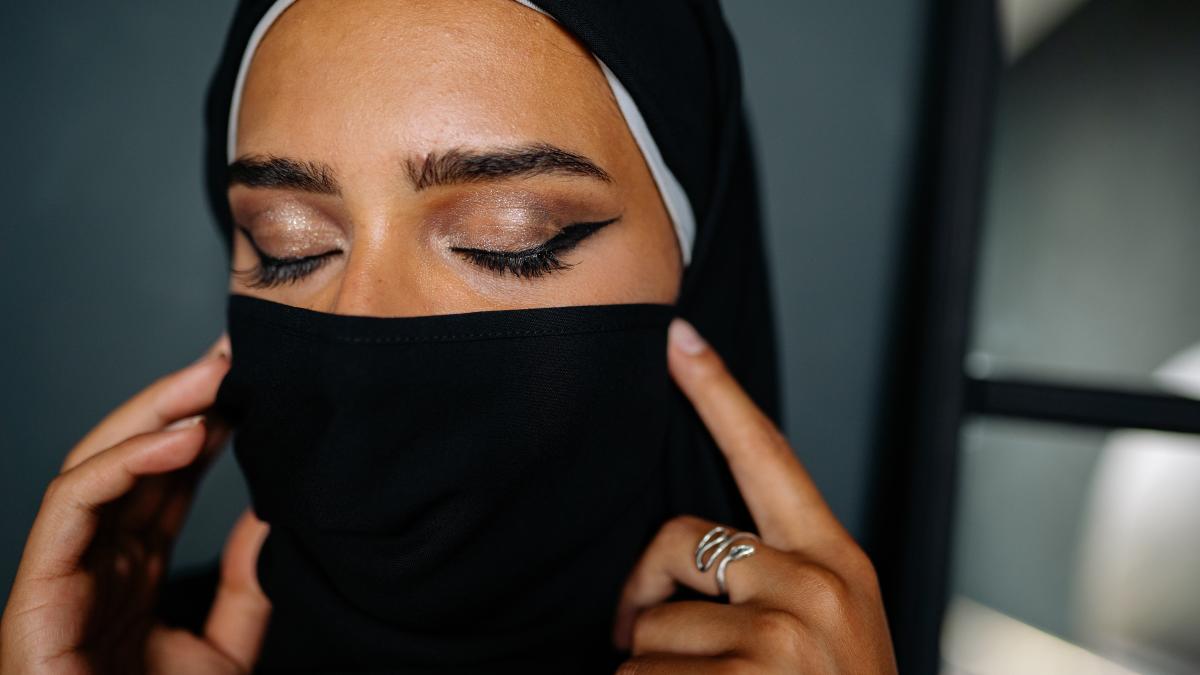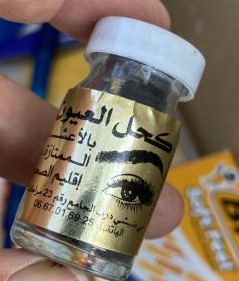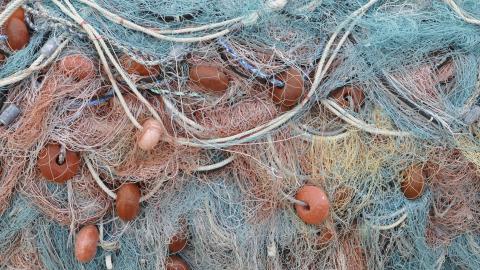
August 9, 2023
Many communities in Asia and Africa use eyeliners, often referred to as surma, kajal, or kohl, for religious, aesthetic, and medicinal purposes. However, many of these eyeliners contain high levels of the toxic heavy metal, lead. The CDC has determined that no amount of lead is safe for humans. Lead exposure can cause neurological and cardiological damage. In the Afghan community, adults also apply eyeliner to infants and children who are at even higher risk of ingesting the contaminated cosmetic due to their proclivity for hand-to-mouth behavior. Young children are particularly vulnerable because they absorb lead at a higher rate than adults do and because their neurological system is still developing.
Department of Environmental and Occupational Health Sciences (DEOHS) second year MS in Environmental Health Sciences student, Aesha Mokashi, under the mentorship of Assistant Professor, Dr. Diana Ceballos, is working with Public Health – Seattle & King County through the Hazardous Waste Management Program’s (Haz Waste Program) Research Services Team to investigate eyeliner toxicity and work with the Afghan community to develop culturally appropriate solutions to reduce lead exposures. The results of the project could affect eyeliner manufacturers and distributors as well as workers in salons and other places using these cosmetics.
Identifying the exposure
From 2016-2020 Afghan refugee children arriving in Washington State had the greatest prevalence of blood lead levels above the CDC’s recommended levels among any refugee population in the state. In response, the Haz Waste Program’s Residential Services program conducted environmental investigations in the residences of lead-poisoned children. They found that traditional eyeliners brought over from Afghanistan and some available for purchase locally contained high levels of lead. Researchers have conducted several studies on traditional eyeliners over the years that corroborate the findings of the Haz Waste Program.

Many of the countries that manufacture these cosmetics do not have strongly enforced regulations on lead in cosmetics. In some instances, traditional eyeliners have had labels claiming they are lead-free despite analysis showing they contain high levels of lead. Many of these cosmetics are made using galena, a lead-based mineral that gives the eyeliners their rich coloring. Others are made from the soot of plant oils that may have absorbed lead from the soil.
Connecting with the community
The Haz Waste Program shared their environmental investigation results with the Afghan community. As a result, the community asked researchers to test the eyeliners they use regularly. Mokashi has been assisting the Haz Waste Program’s Research team in testing these cosmetics. Initial results show that traditional eyeliners contain high levels of lead, with some products containing up to 84% lead. The Research team also purchased other eyeliners to test in an effort to find lead-free alternatives.
Mokashi is also compiling a literature review to understand the use of traditional eyeliner, its association with lead poisoning in children, the specific ingredients that contain high levels of lead, and possible lead-free alternatives.
The Research team has also been conducting a collaborative needs assessment with the Afghan community to determine the religious and cultural basis of the use of these eyeliners as well as barriers to switching to safer alternatives. The goal is to use the results to develop culturally appropriate solutions to reduce exposures in the Afghan community as well as others using these products.
Next steps
The Haz Waste Program will continue testing cosmetics to find safer alternatives, and they will share the results with the community. In addition, the Research team has been working with the Environmental Health Laboratory and Trace Organics Center at the University of Washington to develop a method that will allow researchers to determine the source of an individual’s lead exposure using an isotopic fingerprinting method. The goal of this work is to remove as many potential exposures to lead as possible to decrease the health burden the Afghan community faces and allow them to continue to work and live in a safe environment.
Cover photo by Yan Krukau: https://www.pexels.com/photo/a-close-up-shot-of-a-woman-wearing-a-hijab-8911511/




